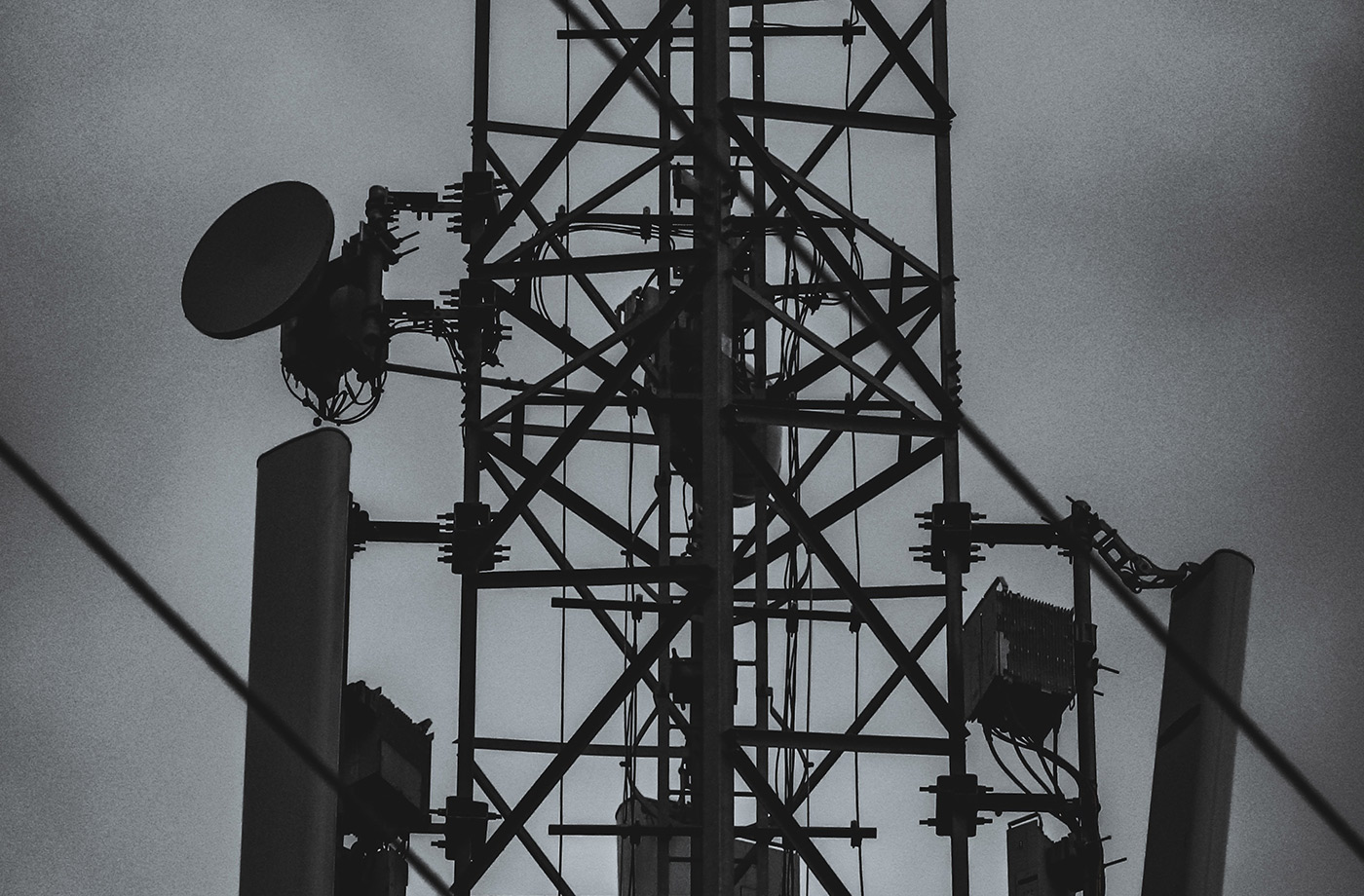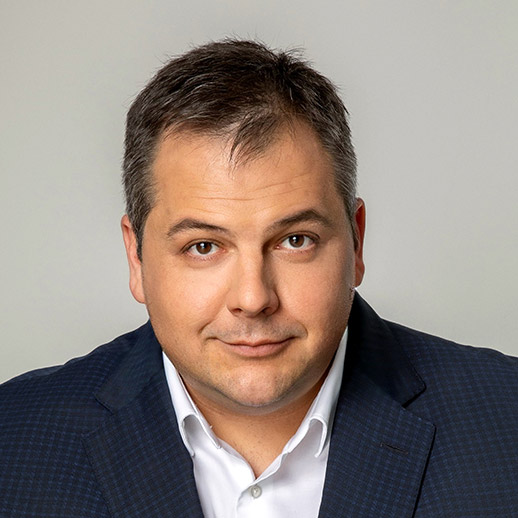After the recent acquisition of the PTT cable network by Telekom Srbija, which brought approximately 50,000 additional users into the Telekom group, it is clear that market consolidation continues in the direction of consolidation around the most prominent players. There are very few alternative providers left on the market, especially those that offer internet connectivity, media content delivery, and fixed telephony services. On the market, only Orion Telekom and Satrakt have remained independent and have shown stability and ongoing growth despite intense competition from major players. It should be noted that these two companies are also on the radar of larger companies as potential future acquisitions. Telekom Srbije has finally merged Moja Supernova into Telekom Srbija this year, signalling a legal and operational consolidation of companies acquired by Telekom over the past few years.
The current market situation is such that Telekom still dominates in fixed telephony with a 75.8% market share compared to 21.2% for SBB and 3% for all other operators combined. The situation is more evenly distributed in mobile, with Telekom at 43.6%, Telenor at 32.4%, and A1 at 24.4% market share. In broadband internet, Telekom holds 53.7%, SBB 31.5%, followed by Satrakt with 2.5%, Orion with 2.6%, and all other providers combined with less than 10% market share. Finally, the most significant battle is in media content delivery, where Telekom holds 47.7% (including the acquisition of PTT), SBB 46.1%, and all others have less than 10% market share.
To get a complete picture of the market, we need to consider the numbers for 2020, which show a total revenue of about 1.17 billion euros for Telekom Srbija with an EBITDA of around 408 million euros. SBB had 276 million euros and an EBITDA of about 110 million euros, Telenor had 436 million euros with 160 million EBITDA, and A1 had 286 million euros with 87.6 million euros EBITDA. Combined with these figures, it's clear that Serbian households spend nearly 4% of the total GDP on telecommunications. In household budget calculations, about 5% of the expenses are telecommunication services.
The first significant factor to consider when predicting further developments in the telecommunications market is the announced launch of fixed services (media content, broadband internet, fixed telephony) that Telenor plans for the beginning of 2022. This makes Telenor the second participant in the market that can offer "quad-play" services (four services in a package: fixed telephone, mobile phone, internet, TV). The second crucial factor is the planned auction for a 5G license scheduled for 2022. SBB will inevitably be prepared to bid high for a permit to open the doors to mobile phone services, making it the market's third "quad-play" provider. It remains to be seen what steps A1 will take; it seems satisfied with a 5% increase in EBITDA margin over the last year.
Lastly, an essential factor is how the group to which these providers belong views the Serbian market and how important it is to the overall business. For Telekom Srbija, there is no doubt that the Serbian market is crucial to its operations because Telekom Srpske and Mtel represent a much smaller share of the group's total revenue. PPF operates in its portfolio in Hungary, Slovakia, the Czech Republic, Bulgaria, and Montenegro, so its activities will undoubtedly be aligned with the group's interests, but entering the fixed market and media content delivery is a clear indicator that Serbia is an integral part of the group. A1 is undoubtedly present, albeit with cautious moves regarding further investments, while SBB, belonging to the United Group, currently represents only 13% of the group's total revenue. The United Group has turned to acquisitions, first in Croatia, then Bulgaria, and finally Greece, where it doubled its revenue in one year. The extent to which Serbia will be a focus for the United Group remains to be seen; it will likely depend on the 5G license. Still, it should be remembered that the group started in Serbia and has significant owners for whom Serbia is undoubtedly essential.
Additionally, it's essential to note that operators, through their production companies, have shifted their focus to producing more content. This is evident in the increasing number of series, new channels, and other content that is now an integral part of their offerings. While it might be expected that the popularity of Netflix and similar streaming services would decrease interest in local series, viewership metrics tell a different story. There is still strong demand for regional series, both new and old. Previously, series were aired on weekends, but today, they are broadcast daily. The production of such a large content volume has stimulated an entire industry, revived locations, and led to increased expertise in the film and production sectors, attracting more foreign productions due to the quality and professionalism of local crews.
The market is still entirely polarized, and users can only watch content from their specific providers, which are typically unavailable to others. In this context, the situation is challenging for users because the content they can access depends directly on the provider that delivers their media content. Besides content, the first battle is in the rights field, especially concerning sports events, where some requests from the Serbian market, due to this competition, have led to astronomical amounts paid for certain privileges, such as the Premier League or the Champions League.
If we now focus on the operational aspect, the local management has emphasized increasing efficiency in sales, technical operations, and customer care throughout the year. The battle for each customer and the increase in ARPU (average revenue per user) are the leading local topics. We are witnessing significant price wars and competition between sales teams in the market, with offers of free devices, device instalment plans, several months of free service (12 months for one dinar), and so on.

The investment in optical infrastructure continues, albeit to a lesser extent, with network expansion now noticeable even in rural areas. All operators have realized the importance of internet speed and connection stability and are targeting users still on less stable technologies (such as ADSL or Wi-Fi) as potential customers for optical or HFC networks. One of the main operational topics in the field is the so-called swap, which involves migrating users from older technologies to more stable optical or HFC networks. With the advent of 5G, this competition is expected to intensify, as a good segment of users will have mobile devices capable of satisfying all household needs.
Furthermore, there's a noticeable increase in demand for additional services, particularly in the premium segment of users. There's also a growing number of users of streaming services like Netflix, Amazon Prime, Disney+, Hulu, or traditional networks like NBC, ABC, and CBS. These users seek freedom of choice and expect service availability on multiple devices. Therefore, fast internet connections have become essential with the improvement of infrastructure (which now compares favourably with many developed countries, particularly in terms of low ping times in Belgrade and Serbia, attracting a significant number of professional gamers).
In this analysis, we should remember OTT services, which are finding their place in the Serbian market, even though they are not localized to our market like Netflix. Operators have realized that it's challenging to compete against the expected freedom of end-users, so they offer their customers high-quality internet connections for a better OTT experience. Some providers (including all major ones in Serbia - SBB with EON, Telekom with Iris, Orion with their solution, and Laki box) offer their own OTT services as an alternative to well-known OTT services, primarily in the film and content domain. They often provide competitive prices and additional benefits for their customers.
All in all, the battle for the consolidation of the Serbian telecommunications market continues. Users can receive better services, higher-quality content, and better support. The profitability of companies operating in the Serbian market is increasing organically or through acquisitions. Most operators are ready for further investments in infrastructure, service levels, content, and new services. It remains to be seen how this competition and the assets, primarily financed through loans, will pan out in the long run. Two significant funds and two institutional operators backed by the state are more than enough for an exciting competition.


